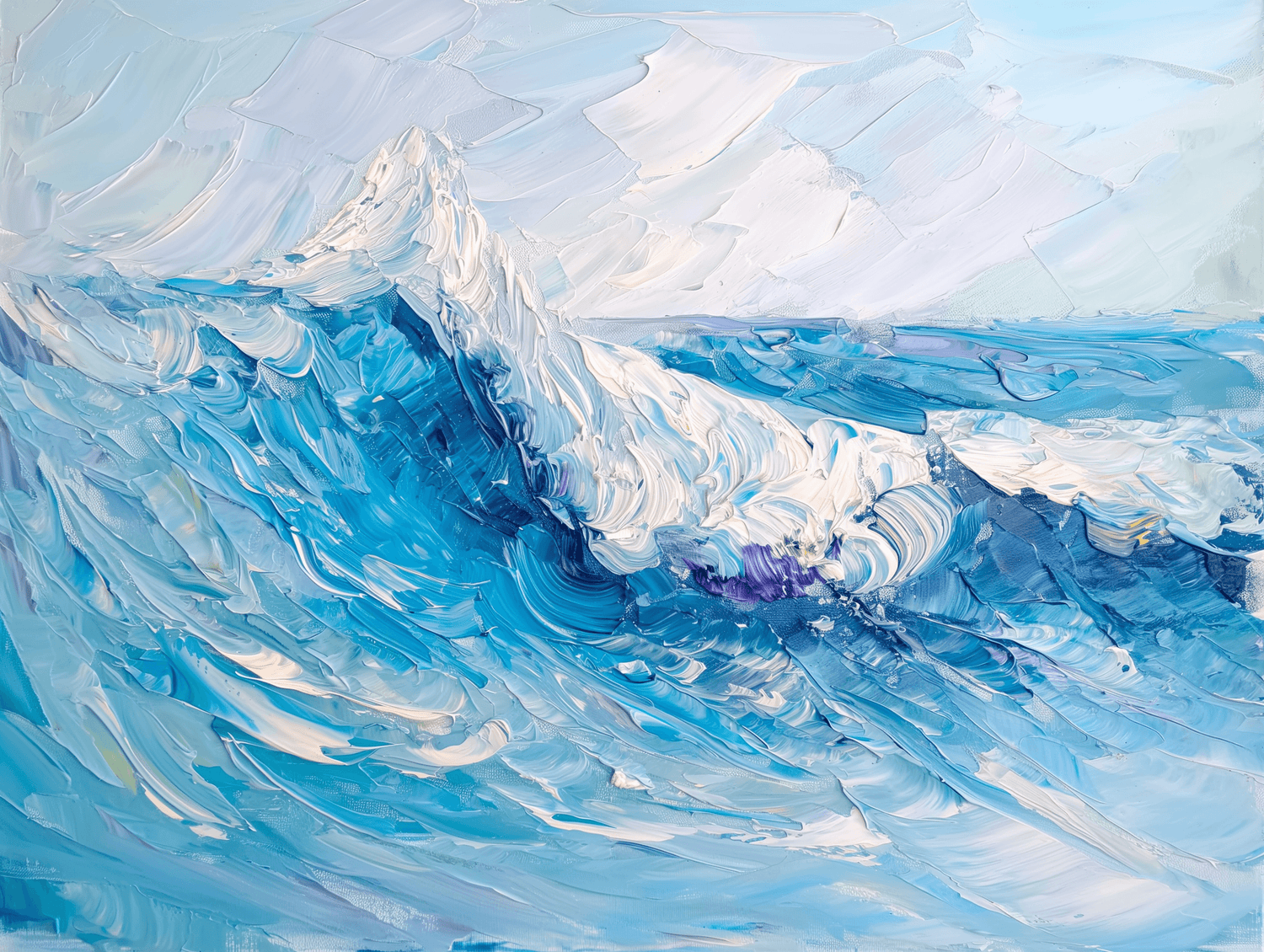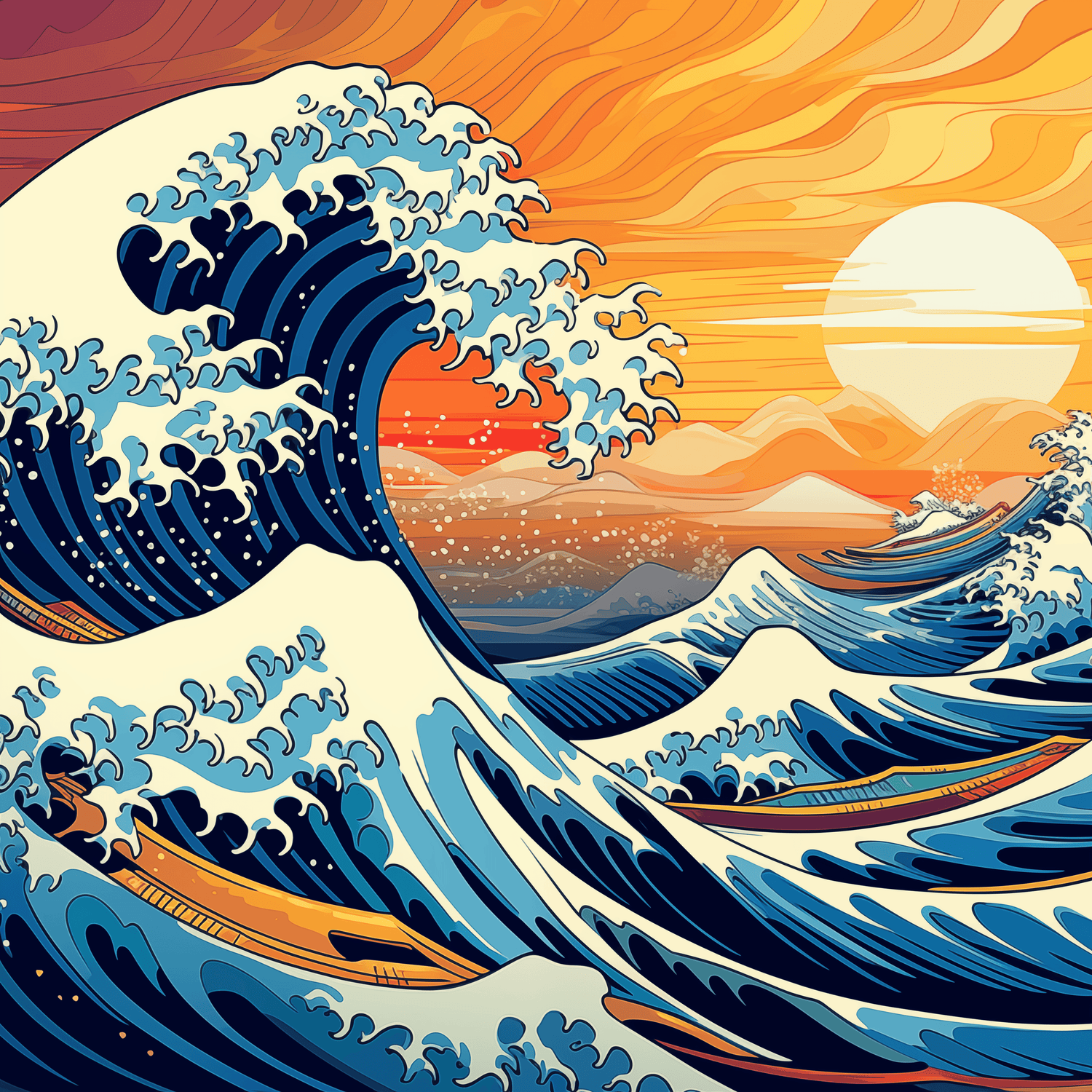 The history of art is full of creative partnerships that have influenced the evolution of styles, techniques and movements. One of the most famous and fascinating is that between Leonardo da Vinci and his teacher, Andrea del Verrocchio . The relationship between the two is not only that of a master teaching a student, but also of a combination of ideas, techniques and mutual influences that have marked the art of the Renaissance .
The history of art is full of creative partnerships that have influenced the evolution of styles, techniques and movements. One of the most famous and fascinating is that between Leonardo da Vinci and his teacher, Andrea del Verrocchio . The relationship between the two is not only that of a master teaching a student, but also of a combination of ideas, techniques and mutual influences that have marked the art of the Renaissance .
While Verrocchio played a fundamental role in Leonardo's education, the latter later surpassed and innovated the artistic practices he had learned, giving life to a new way of seeing and representing the world .
In this article, we will explore how the partnership between Leonardo and Verrocchio not only influenced Leonardo’s career, but also how Verrocchio’s mastery helped shape one of the most influential artists in history.
1. Verrocchio: The Renaissance Master
Andrea del Verrocchio, one of the most important Florentine artists and masters of the Renaissance , had an extremely prolific career. A painter, sculptor and goldsmith, Verrocchio is known for having trained some of the greatest talents of the age, including Leonardo da Vinci . His workshop was a center of innovation and technical experimentation, where new approaches to painting and sculpture were developed .
Among his most famous works are "Saint John the Baptist" , a bronze sculpture, and the "Baptism of Christ" , a painting that became famous above all for the intervention of Leonardo, who painted an angel. It was in this work that the young Leonardo had the opportunity to learn the technique of oil painting and the realistic representation of human figures, aspects that would become central in his future work.
2. Leonardo da Vinci: The student who surpassed the Master
Leonardo da Vinci, who began his career under the guidance of Verrocchio, not only learned painting techniques, but also innovated in an extraordinary way. His obsessive attention to detail , his innovative use of light and perspective , and his in-depth study of human anatomy are all traits that developed thanks to the teachings received from the master. However, Leonardo did not simply follow in Verrocchio's footsteps: with his creative genius and his experimental spirit, he brought a further evolution to everything he had learned.
The most famous example of the transition from pupil to master can be seen in the work "The Baptism of Christ" , where Leonardo painted one of the angels with a technique that surpassed the mastery of Verrocchio. It is said that Verrocchio, seeing the beauty of the painting of the angel made by his pupil, declared that from that moment on he would never paint again, because Leonardo had surpassed him.

The Baptism of Christ
Leonardo, although deeply influenced by his early experiences with Verrocchio, brought a unique originality to his works. His sfumato techniques , realism in facial expressions and the representation of three-dimensional perspective were innovations that made him a forerunner of modern art .
3. Shared Techniques: A Relationship of Learning and Innovation
The partnership between Leonardo and Verrocchio was characterized by a continuous exchange of ideas and artistic innovations . Although Leonardo contributed significantly to the evolution of the Renaissance, it is important to remember that many of his early artistic successes were based on techniques developed by his master.
Verrocchio, for example, was an expert in the use of perspective and light , and in his workshop approaches such as chiaroscuro were perfected , which Leonardo would later bring to the highest level. Learning from Verrocchio was not only technical, but also philosophical: the idea of an art that seeks to imitate nature and of an art at the service of knowledge became a philosophy that Leonardo brought to his most famous works, such as "La Gioconda" and "The Last Supper" .
Verrocchio, on the other hand, was fortunate enough to witness the extraordinary talent of his pupil, so much so that his works were not only central to his own historical period, but also fundamental to the development of Leonardo's career. Verrocchio's workshop represented a crossroads of talents who, like Leonardo, brought new ideas to the Florentine artistic scene.
4. Conclusion: A Bond That Has Surpassed Time
The bond between Leonardo da Vinci and Andrea del Verrocchio is one of the most emblematic examples of how a master can influence and, at the same time, be surpassed by a pupil endowed with an extraordinary talent.
However, Verrocchio's influence on Leonardo was fundamental to his growth as an artist and to the evolution of Renaissance art.
This partnership generated a series of works that not only define their time, but continue to be a source of inspiration.








